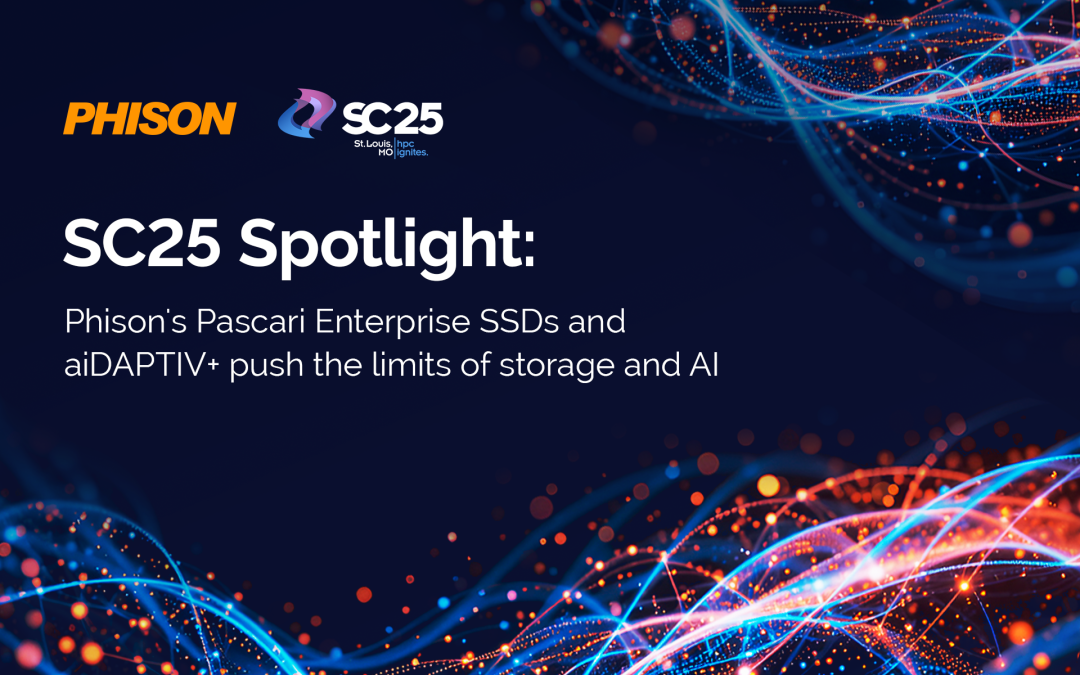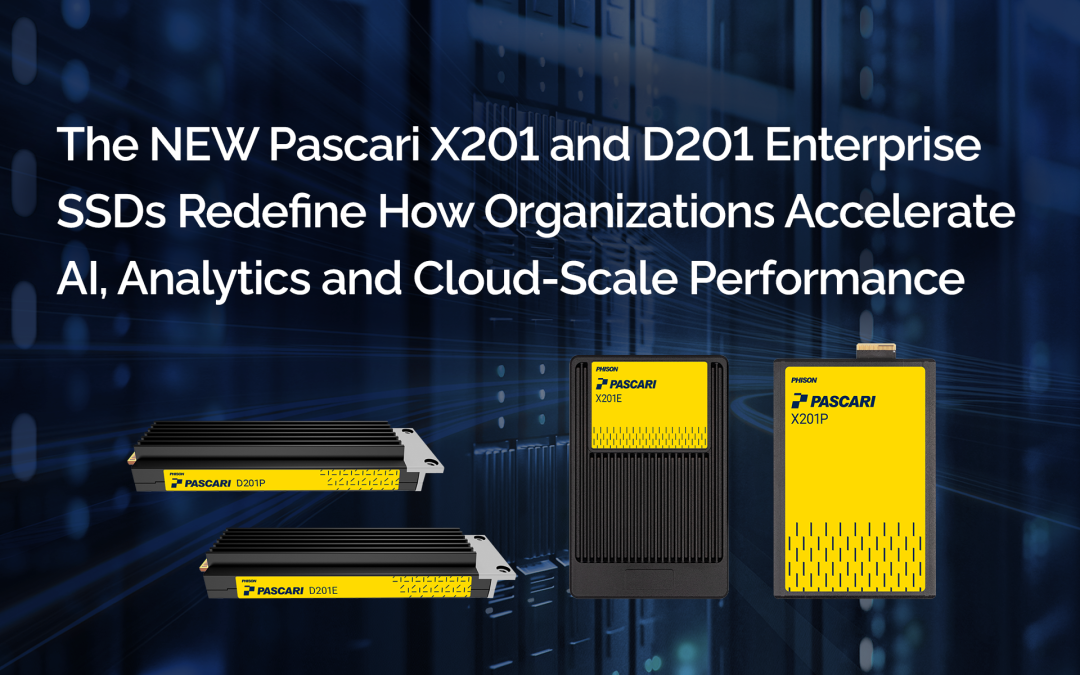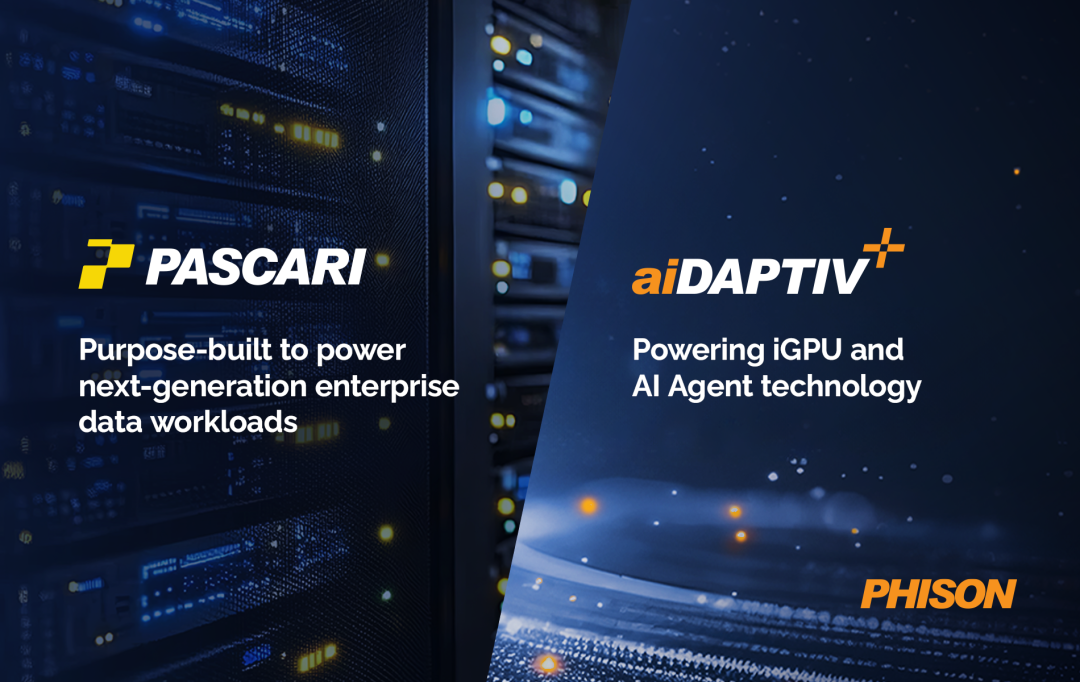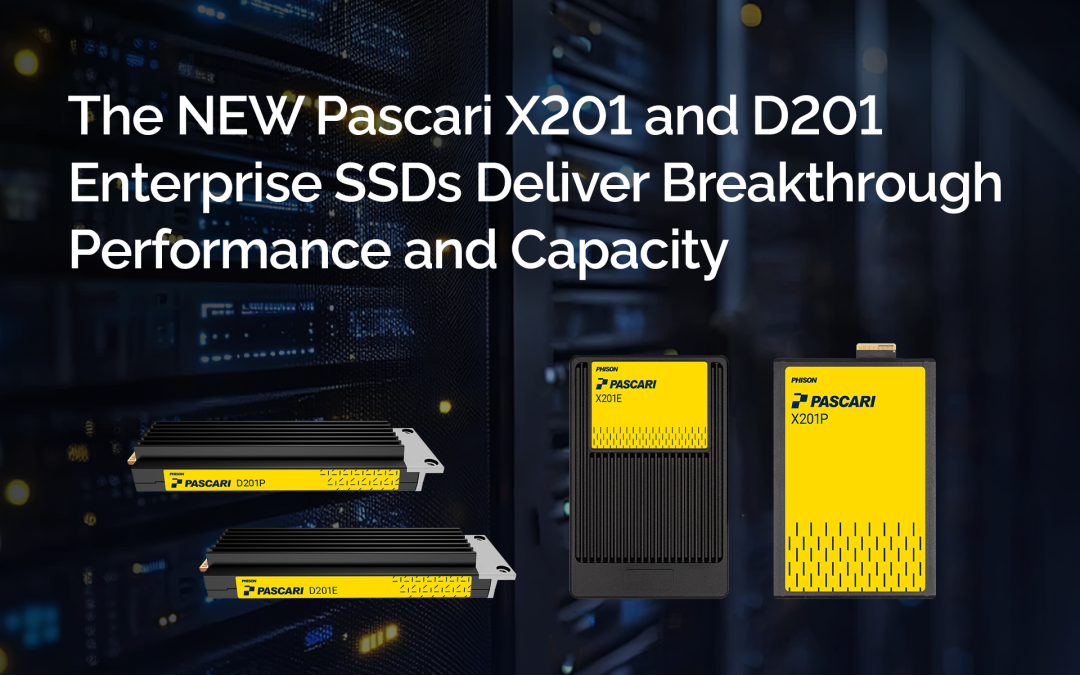Businesses around the world are under pressure to become more sustainable. Reasons include a desire to improve the company’s environmental impact, look responsible, cut costs and in some cases, obey the law. IT in particular draws environmental scrutiny due to its voracious appetite for electricity and water resources. IT departments, supported by industry vendors, have made significant progress in reducing IT’s carbon footprint. More work remains to be done, however. Every element of the IT world has a part to play, including data storage. New storage solutions and best practices can help reduce IT’s electrical consumption and resulting effect on sustainability.
IT and the environment
IT is a big consumer of electrical power. In fact, according to the International Energy Agency (IEA), if one were to combine all the data centers in the world, they would be the fifth largest energy consumer on the globe. Data centers are thus a big contributor to global warming. In 2020, data centers consumed about 1% of the world’s electricity and contributed to 0.3% of all CO2 emissions.
A broad array of stakeholders is taking action to reduce the carbon footprint of data centers. Many, if not most large corporations are now carefully measuring their carbon profiles and tracking how much they are reducing IT-related energy use year over year. This has led data center builders to become the largest adopters of green energy.
Specifically, data center sustainability initiatives involve using renewable energy wherever possible and optimizing cooling systems to cut down on electrical consumption. It is also possible to bring down power use in a data center by allocating workloads to the right hardware. For example, not every application needs a high-performance server. Some, like media processing, can utilize lower-power chips, which decreases both electrical use and cooling requirements.
Measurement of power consumption is inconsistent, according to the Uptime Institute’s annual Global Data Center Survey for 2021. On the upside, the study found that 82% of data center managers monitored electricity usage, while 70% tracked Power Usage Effectiveness (PUE), a useful energy efficiency metric that compares power use for the actual hardware and the facility itself.
At the same time, data centers could do more to measure and improve their water usage and e-waste disposal, both of which have an impact on the environment. The Uptime Institute found that only about half of managers track water usage at any level. Just a third monitor their carbon impact or e-waste. A great deal of water is required in the data center cooling process, as well as in non-renewable electricity generation. These metrics are at odds with the messaging from the industry’s largest hyperscale operators and service providers, which are stepping up their focus on sustainability.
Sustainability is not just about meeting carbon targets and projecting a green brand. It’s also good business. Power is the single largest operational facility cost. Sustainability programs keep electric bills low.
Sustainability vs. data storage and software
Sustainability advocates sometimes embrace a fallacy that IT hardware is to exclusively blame for high energy consumption in data centers. This is only partially correct. Hardware uses energy when it’s running software or storage workloads. And in this context, not all software and storage power consumption profiles are alike. A software program’s instruction set determines how many server cores it will “fire up” as it does its work. Indeed, certain applications like machine learning (ML) use more power than other types of software.
For example, the Meena ML model consumes the same amount of energy as a passenger vehicle that drove 242,231 miles. Researchers at the University of Massachusetts at Amherst estimated that training a large deep-learning model produces 626,000 pounds of CO2, equal to the lifetime emissions of five cars. Insights like this have led to interest in making code more efficient. One industry response has been the founding of the Green Software Foundation (GSF), which has members like VMware, Microsoft, Accenture and GitHub. GSF designs, architects and codes software that consumes less energy than comparable commercial software on the market.
Storage consumes electricity and generates heat in proportion to inputs/outputs per second (IOPs) and performance. The more times a server reads and writes data from storage, the more energy it will use. And in general, the faster the storage device is designed to perform those read/write processes, the higher its consumption will be. These “laws” of storage energy use are starting to change, however.
Making data storage more sustainable
It is possible to reduce the rate of power consumption needed to run storage solutions. This can happen across several dimensions. One is programmatic. An application can be designed to do fewer reads and writes, which places less electrical burden on the storage device. Then, by creating tiers of storage, IT managers can relegate lower priority data to lower-powered storage solutions. The most urgently needed data will go to the highest-performing and highest-power-using storage. Everything else can go to a lower level. This reduces power use for storage.
The Phison approach
Phison is taking sustainability in storage a few steps further. For one thing, our engineering ethos is to deliver more storage in the same form factor, but with less power consumption. This way, a data center’s capital expenditure (CapEx) in new storage translates into a sustainability strategy. As storage becomes more compressed, data centers can handle bigger workloads without having to expand their facilities—another boost to sustainability and CapEx control. In addition, by being able to run more workloads in existing facilities, the data center operator can improve its PUE and cooling metrics. There are no additional racks to power and cool.
Phison is also focused on environmental impact in its own operations. Efforts include adopting green design processes as part of the Phison Environmental Protection Policy. This program involves improving resource efficiency benefits of products, setting carbon emission reduction targets and regularly reviewing environmental performance.
Phison endeavors to achieve the goal of environmental sustainability through business activities and internal controls. To this end, the design and assembly processes of Phison flash memory storage devices and flash memory controller chips have obtained ISO 14001 certification. In addition, Phison obtained the ISO 14064-1:2018 certification, which deals with corporate reporting of greenhouse gas emissions and removals, for the first time in 2021. The company also focuses on recycling and energy conservation projects to reduce the impact of its business activities on the environment and fulfill its corporate social responsibility.
To review and improve its efficiency on the use of energy, Phison conducts an annual energy use inventory on the fuels it used, including petroleum, diesel and electricity. In 2021, Phison’s total energy consumption was 80,595 GJ. Energy use intensity was 1.288 GJ per million dollars of revenue. Compared to 2020, the company’s energy use intensity has decreased by 4.47%.
Phison is also making continuous efforts to implement its Environmental, Social, and Corporate Governance (ESG). It has also adopted a green supply chain. To operationalize this idea, the company follows the green procurement policy and encourages supply chain partners to jointly improve sustainable performance. Moreover, the company declared to participate in the RE 10×10 Enterprise Initiative Program initiated by Greenpeace, which is dedicated to carbon reduction and sustainable development of the earth. As part of the program, Phison committed to the goal of “transitioning at least 10% of total energy consumption to renewable electricity by 2025.”










